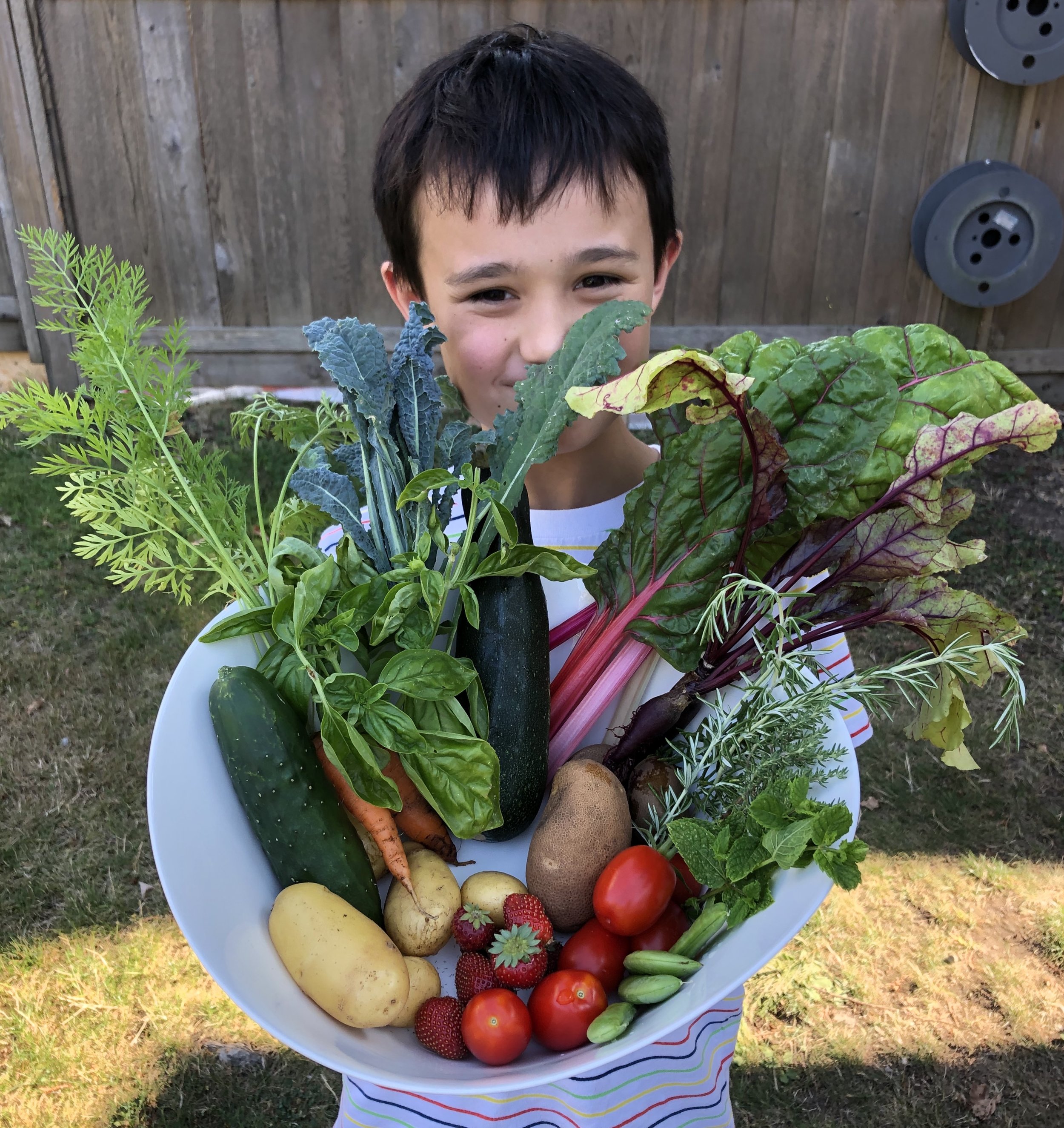More nutrition with one healthy habit
Our health is linked to the foods we nourish ourselves with. What we eat is important – but the nutrients we actually ABSORB are what really matter. We can choose the right foods with all the key nutrients for our continued health but if those nutrients aren’t absorbed, they just travel right on through.
There are many factors that affect your body’s level of nutrient absorption from inflammation, intestinal bacterial health, existing nutrient deficiencies or even genetics. One thing you can do today to drastically improve absorption is to support good digestion. It’s very simple – Chew. Your. Food.
When you nosh on carrot sticks – Chew. When you sip a smoothie – Chew. When you tuck into a grilled chicken breast – oh please CHEW!
It takes only 3 simple steps to master this habit and drastically improve digestion and absorption:
1. Sit down. Put your phone down and give yourself time to chew. Chewing your food gives you a moment to be present. Taste your food, and maybe find some gratitude for this gift of nourishment. This will help your body incorporate all that food goodness into fuel and building blocks for your continued health.
2. Chew your liquids. I’m talking about soup and smoothies – not your tea and coffee. I know you don’t have to chew, for the sake of getting it into your belly. Sip and swallow right? But you skip 2 important things if that liquid lunch doesn’t have some time in your mouth – you miss the digestive juices in your saliva and you miss the communication from your mouth to the rest or your digestive track to wake up and get to work.
3. Drink your solids. That’s right – chew that biscuit, piece of meat or celery stick until it’s broken down like a smoothie. Fifty percent of your carbohydrate digestion happens in your mouth – 50%! And well-masticated (fancy word for chewed) food means less churning for your stomach. Then you fast track to the good part – absorption.
Now, if you’re interested, the biochemical reason to chew your food…
To reiterate, fifty percent of carbohydrate digestion starts in your mouth with the saliva and mastication. HALF of the work is done there. Remember, this includes the goodness from your fruit and veggies, not just that slice of bread. When you swallow too quickly, you are now placing your bets on the duodenum, the first section of your small intestine, to get the job done. With the help of enzymes from the pancreas, this is where the rest of carbohydrate breakdown will occur.
Chewing doesn’t just start carbohydrate breakdown, it also signals the rest of the digestive track to get to work. Stomach acid production will be triggered, and digestive juices will be secreted into the stomach. This is where 90% of your protein breakdown, and 10% of fat breakdown is accomplished. Once your meal moves onto the duodenum, there should only be 10% protein and 50% carbs to breakdown. Your small intestine then gets to work on the leftover 90% fat.
Are you still with me here? By the time your meal has made it’s journey from mouth -> stomach -> duodenum it should be broken down into smaller components of macronutrients. Proteins will be amino acids, fats are now fatty acids and carbohydrates are smaller sugars. The rest of the journey, through the remaining small intestine and large intestine, should be focusing on absorption of vitamins, minerals and these small building blocks. Big pieces that haven’t been broken down will not be able to be absorbed to fuel, build and repair our tissues. Also, if the macronutrients are still larger pieces, they won’t free up the vitamins and minerals you were hoping to get from that healthy meal you prepared.
You know your mom already told you this, and I’m happy to remind you. Chew.




